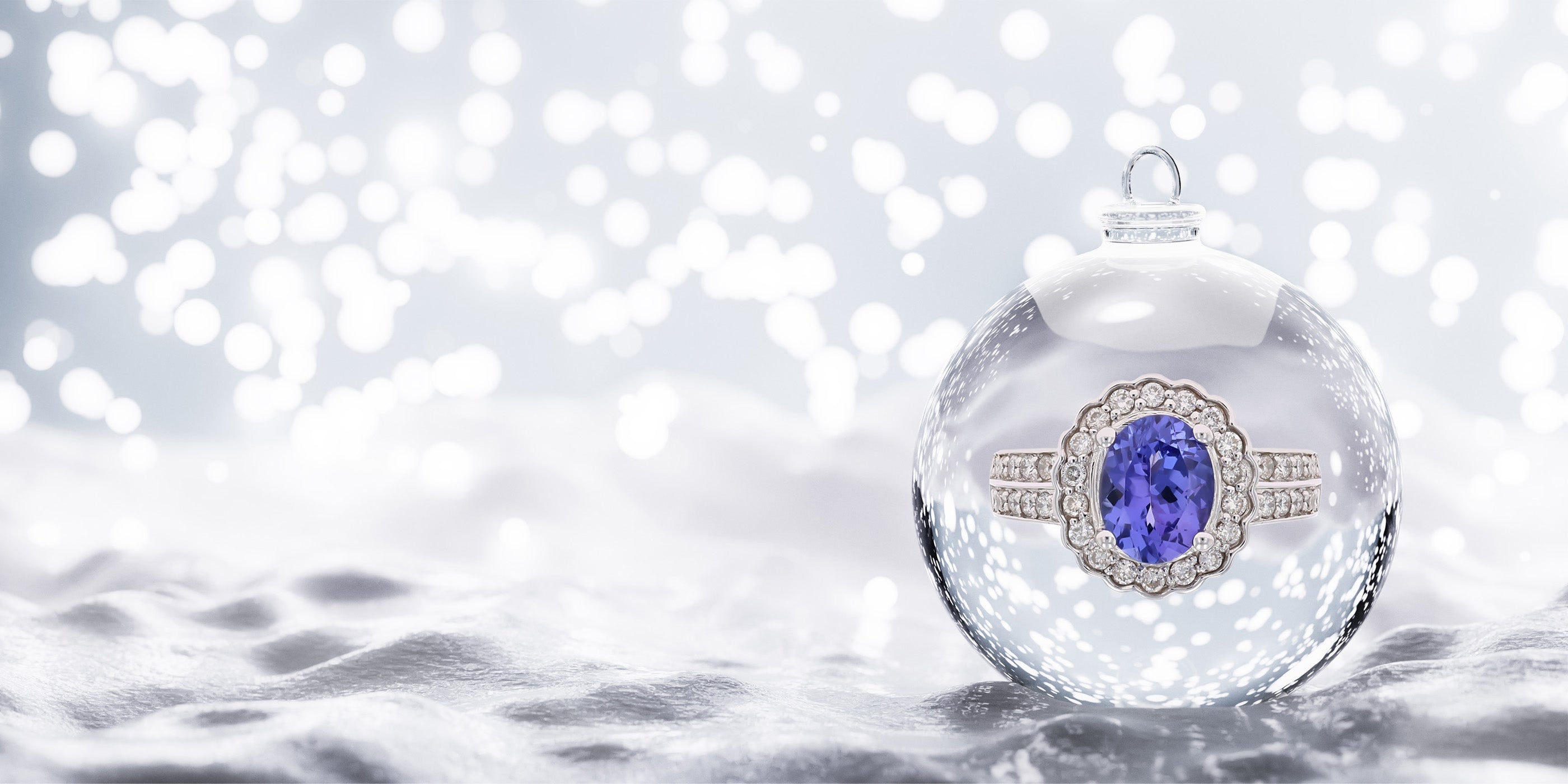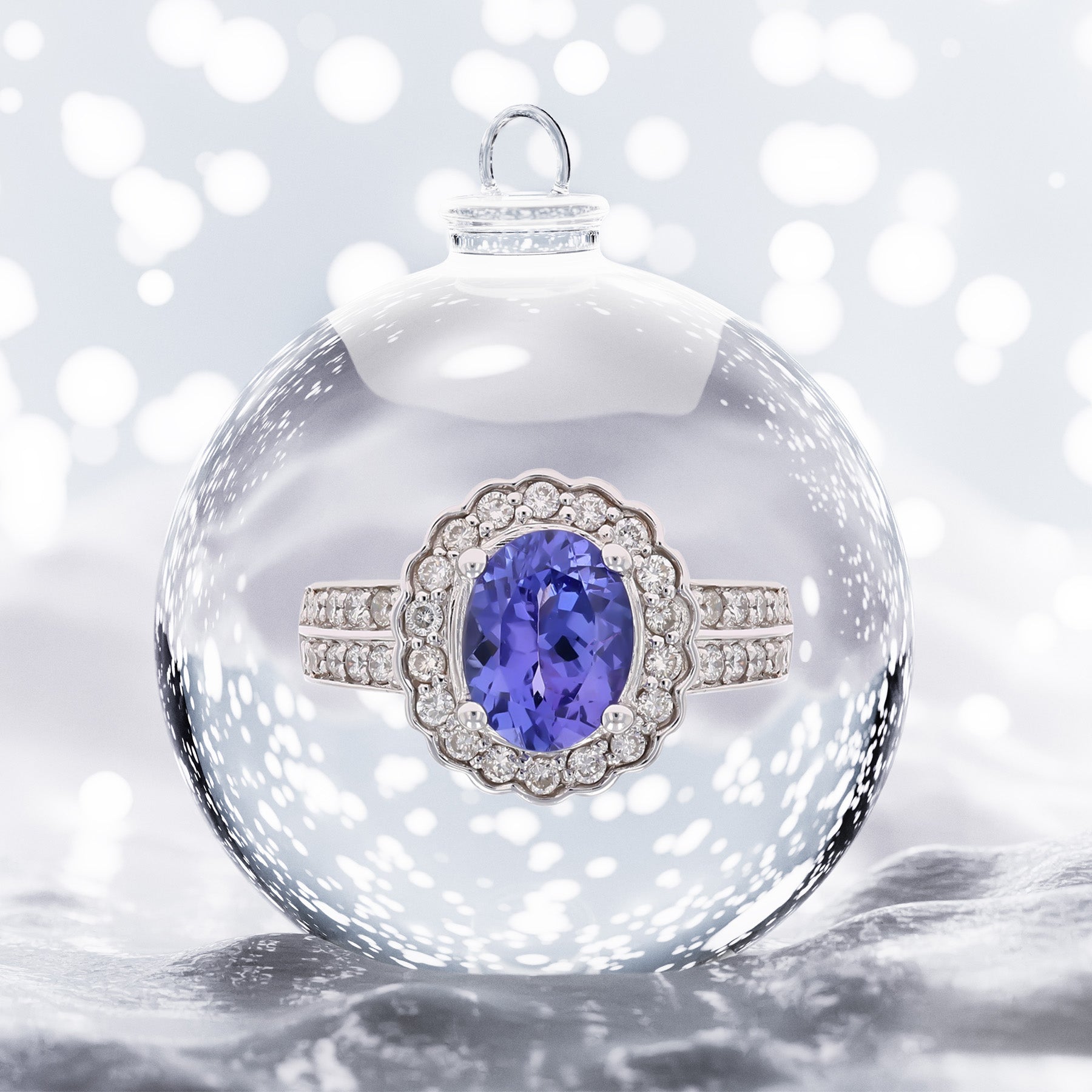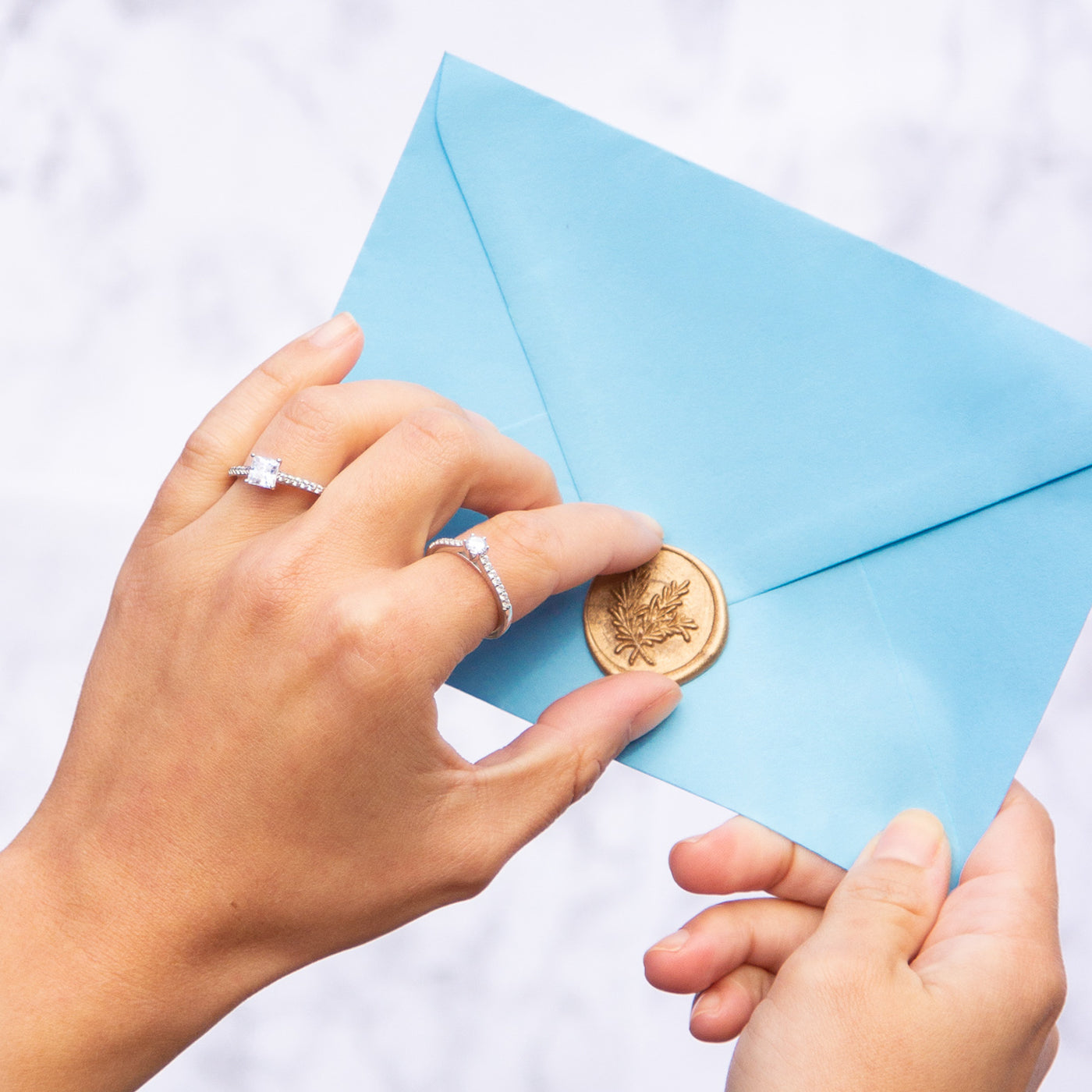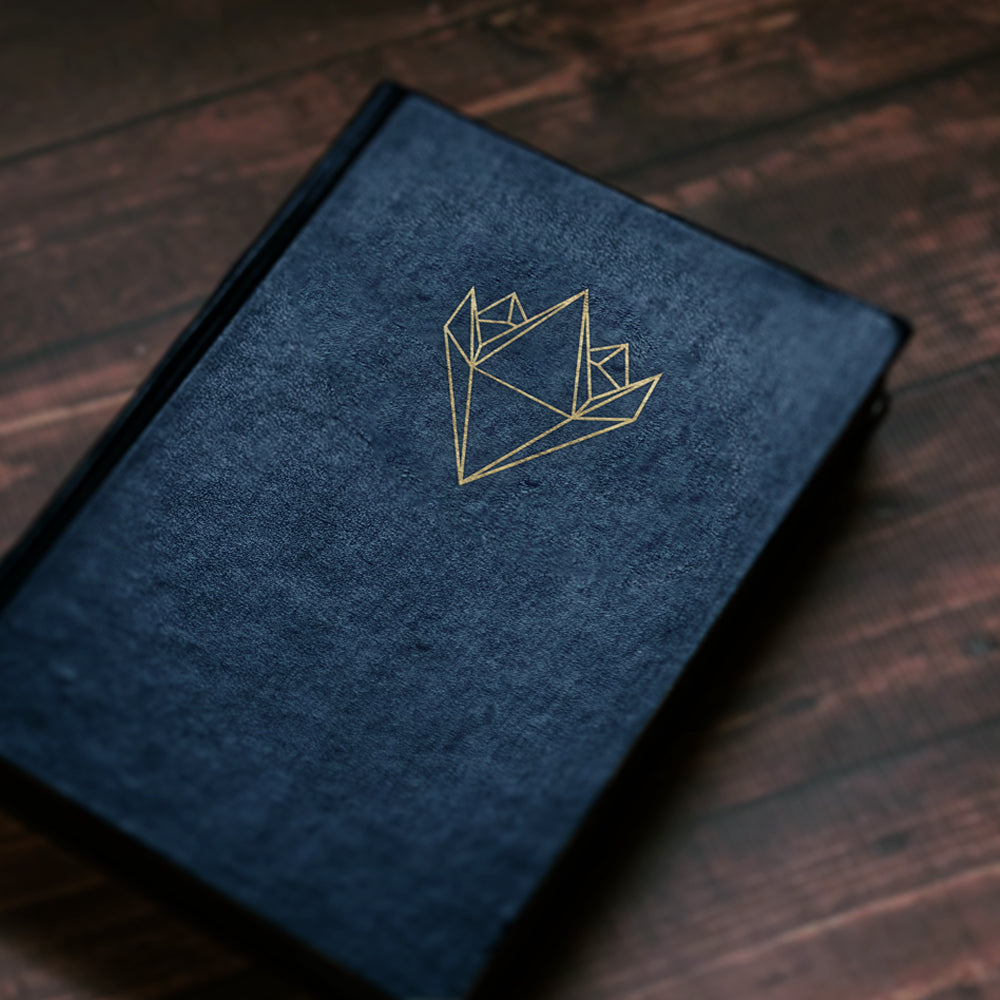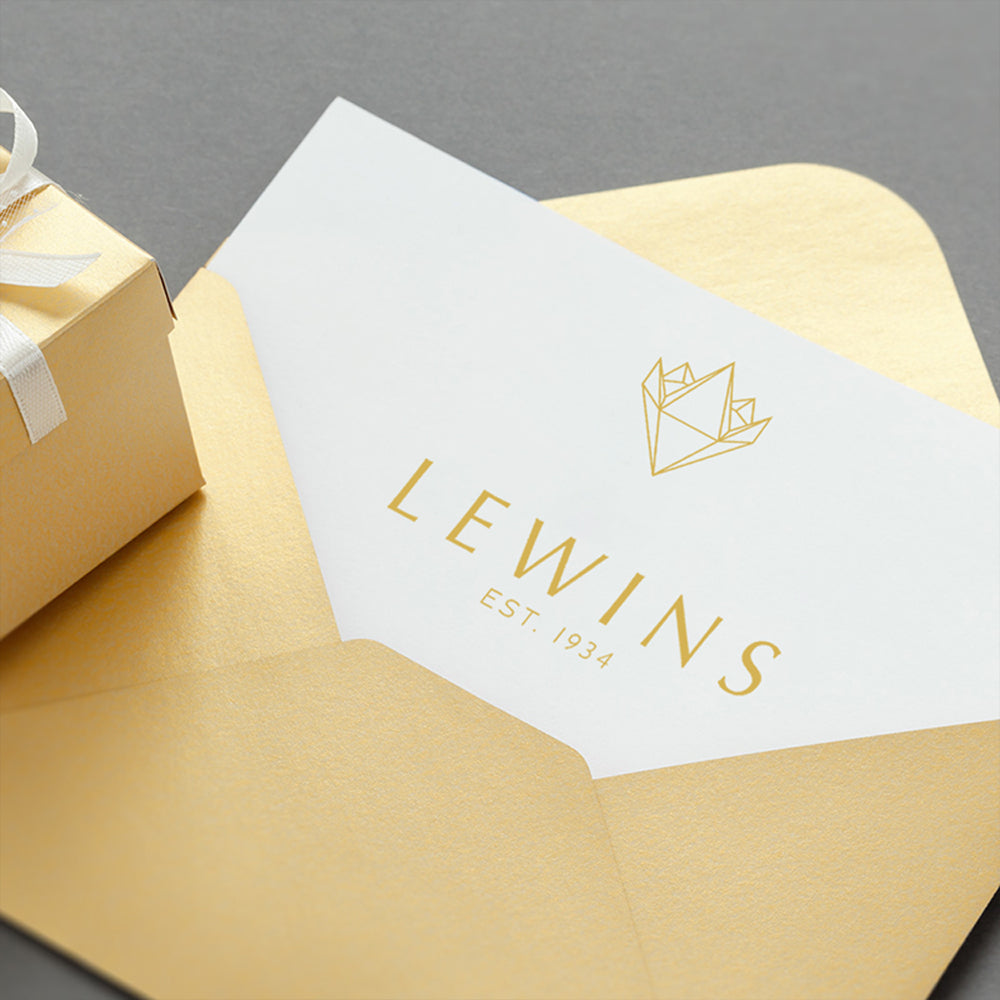Jewellery Care Precautions:
Avoid direct contact with: perfume, lotions, skincare, hairspray / other chemicals. Remove, your jewellery: when showering, swimming (as both chlorine and saltwater will react with metals), washing your hands / using hand sanitisers, before going to bed or when participating in physical activities (going to the gym, exercising, gardening, housework etc….).
Beware, metals may tarnish over time due to oxygen contact and natural body oils. Prevent items from being exposed to moisture and direct sunlight, for long periods. Store jewellery in a dry place away from humidity, in a pouch/jewellery box and keep each piece separated from each other. Care, for your jewellery by cleaning with a soft dry cloth.
Sterling Silver:
Silver as an element in its purest form, experiences very little tarnish, but it is far too soft and malleable, to be used in jewellery. To increase its durability and to make it easier to work with, 92.5% of pure silver is alloyed with 7.5% of copper.
Tarnishing appearing on your silver jewellery is normal. Over time and especially in humid conditions, the copper alloy naturally oxidises with the air, causing the silver to tarnish and discolour to yellow/brown/black. However, this tarnishing and discolouration, will speed up, if your jewellery comes into contact with: hairspray, cosmetics, perfume, body lotion, deodorant etc…
If you notice a greenish colour appearing on your fingers, neck or earlobes where you wear your silver rings, chains and earrings. This is because your jewellery has oxidised by reacting with: the natural acid (pH level of your skin), oils, moisture and perspiration of your body. Or from the lotions and perfumes applied to your body.
Remember to keep you silver away from any chlorine, acids or abrasives as this will begin to degrade your jewellery. It is best to practise our jewellery care precautions steps above.
For silver that has experienced a light tarnish, you can use a silver dip to help bring it back to life, this also helps to get into tiny crevices, that are hard to reach. For silver that has experienced a darker tarnish, using a silver jewellery cloth will remove more tarnish than a silver dip, as it is embedded with low abrasive chemicals. For silver that is heavily tarnished, using a silver polish or cream will help - however this is abrasive and we recommend to use with care and only when needed. Alternatively, the safe hands of our jewellery workshop can revive the beautiful silver shine of your jewellery.
Diamond:
Hardness: 10 | Toughness: Good | Stability: Excellent
Low Caution: A very durable gemstone, generally it is safe to use in; Jewellery Cleaners (Dips, Ultrasonic, Steam Cleaners).
Gemmological Observation: Diamonds have excellent hardness, this means only a diamond can scratch/abrade another diamond. To avoid scratches, store your diamond set jewellery separately. Diamonds only have good toughness, as they possess perfect cleavage. This means that if knocked in the wrong direction, the diamond can cleave/fracture. Whilst wearing, you will need to avoid: Sudden Impact (sharp knocks). If the diamond is heavily fractured, you will need to avoid using: Jewellery Cleaners (ultrasonic, steam cleaners).


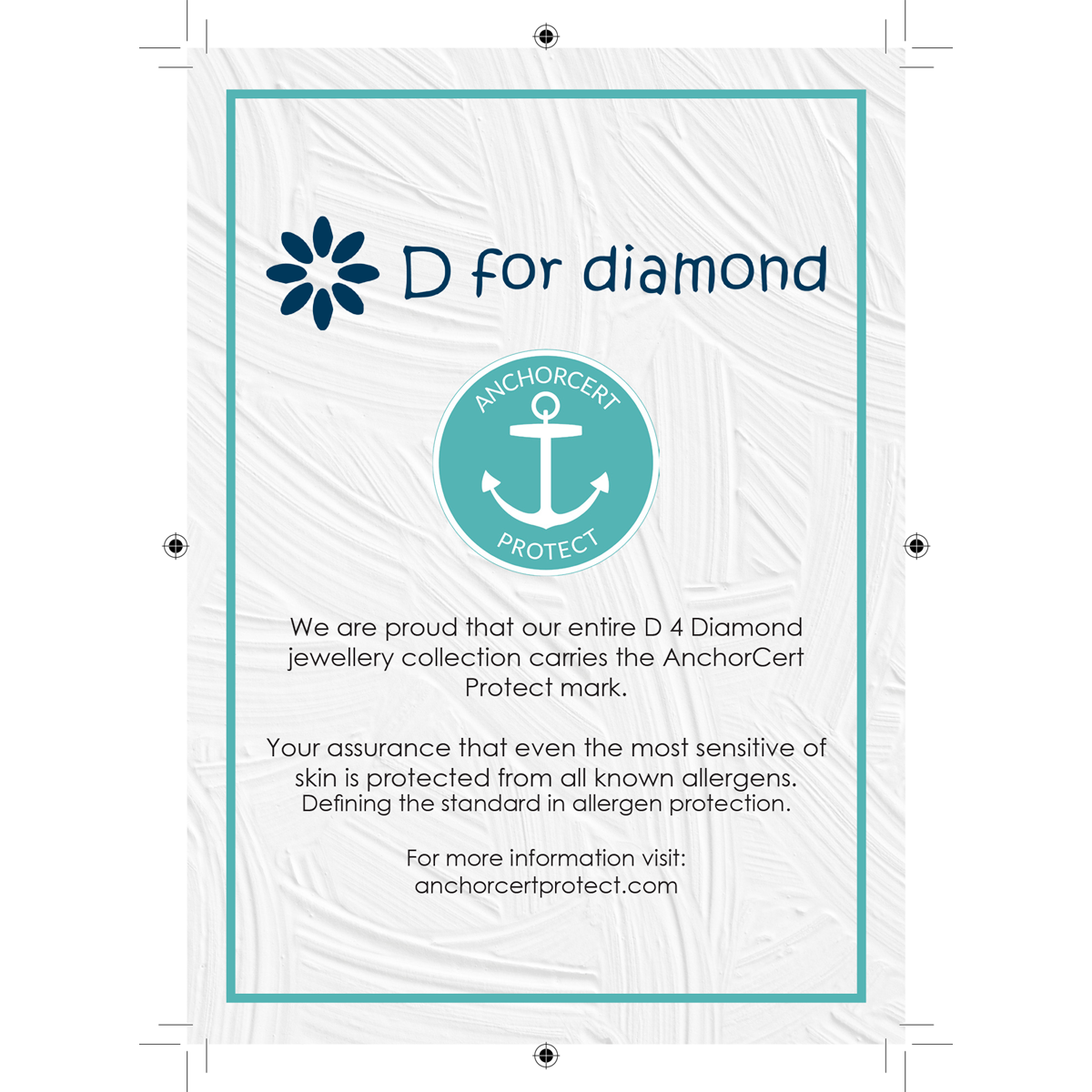
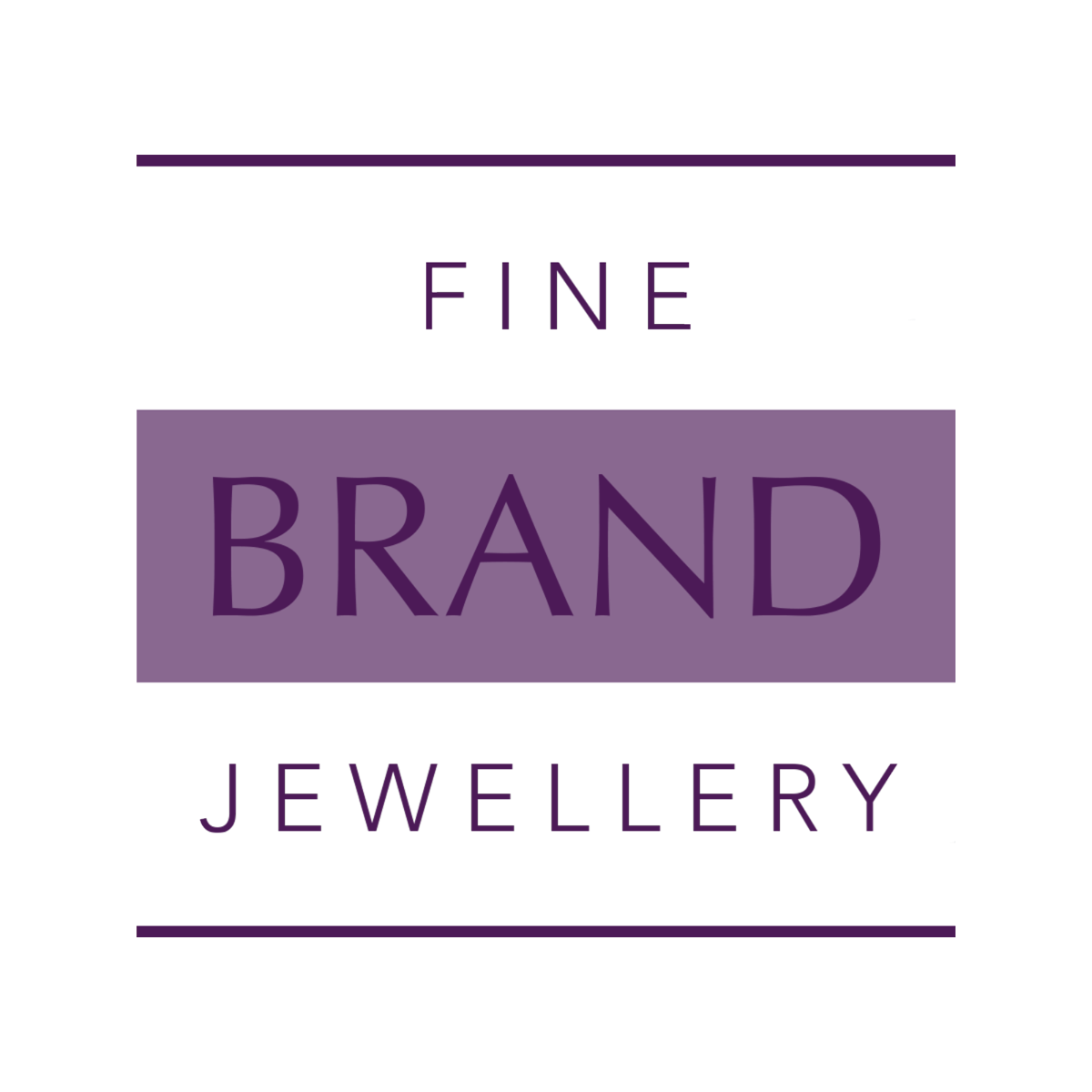
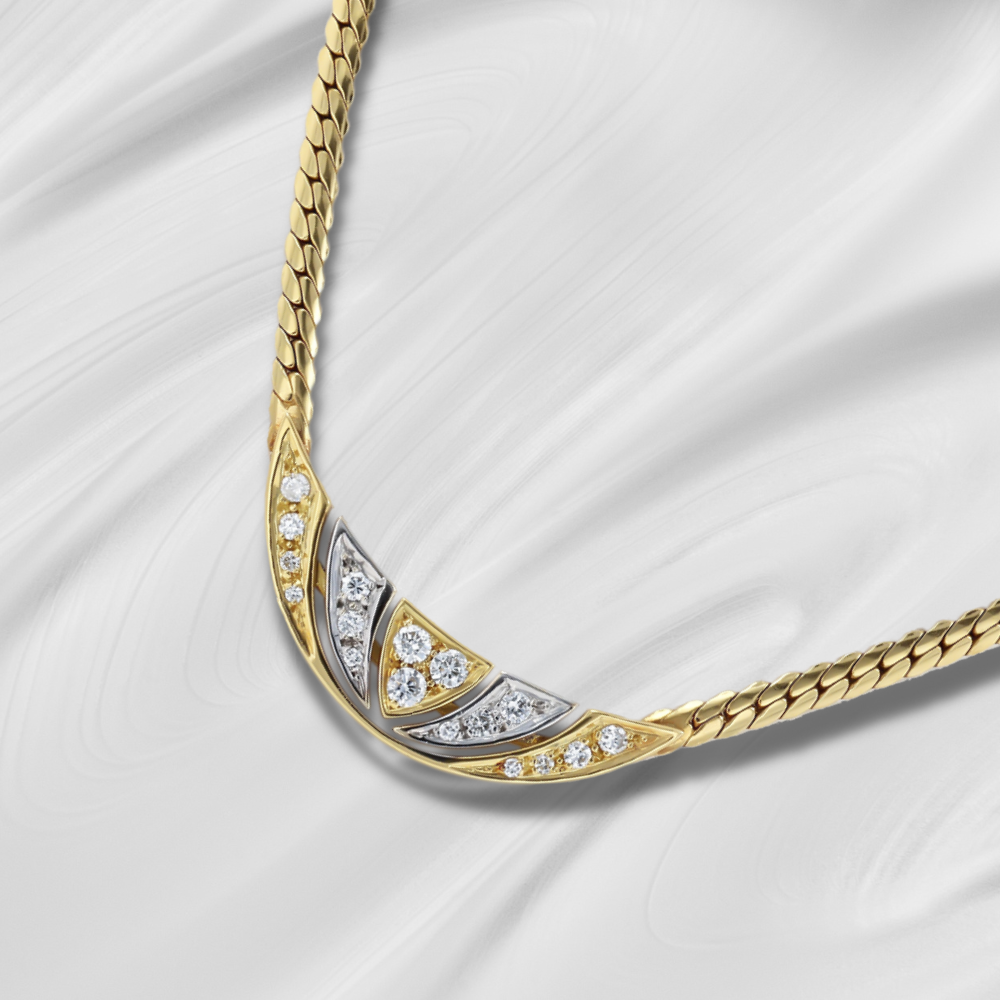
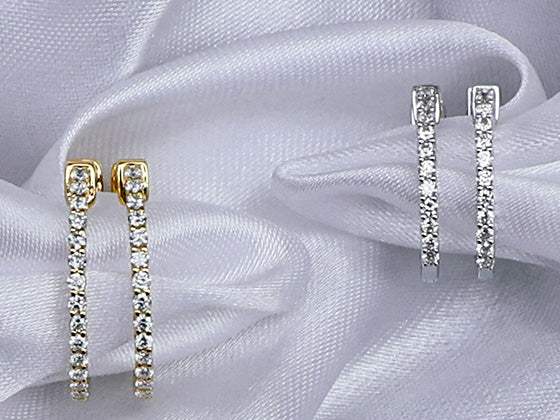
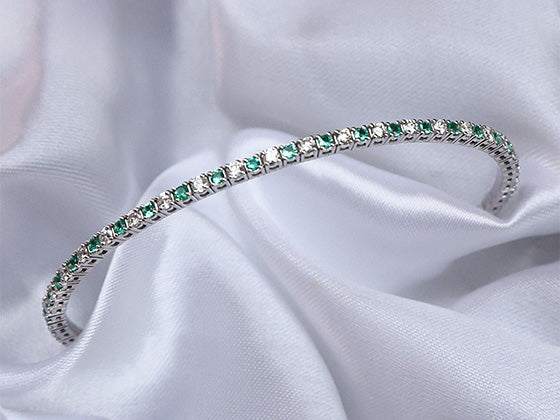

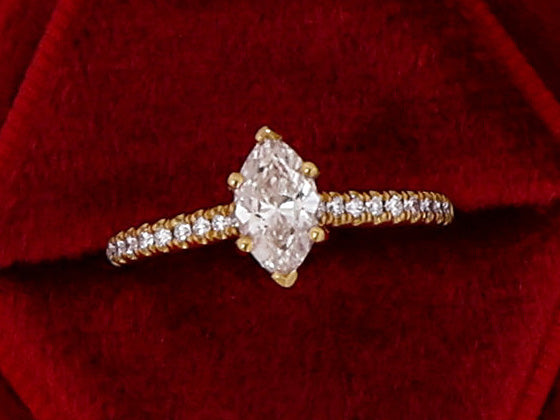
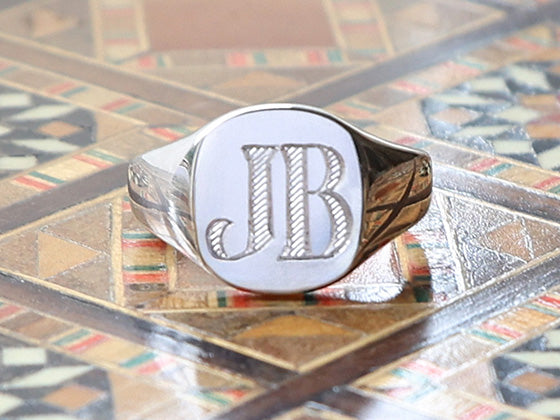
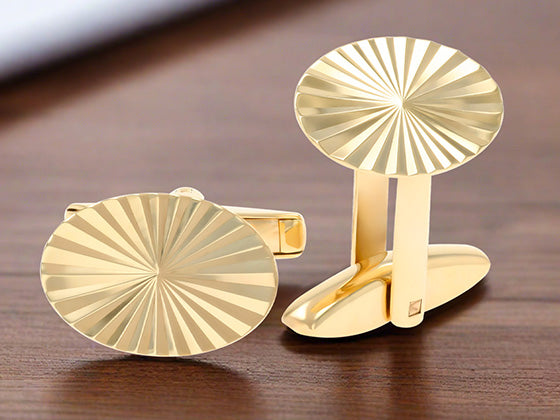
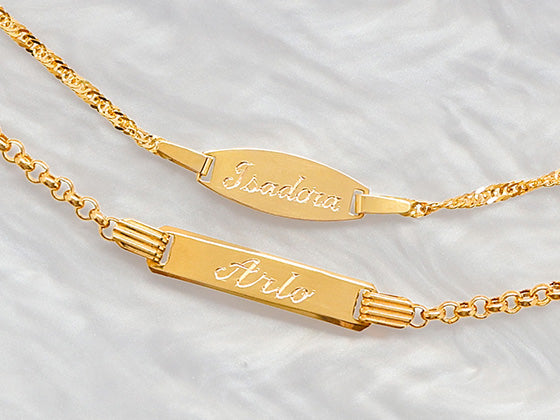
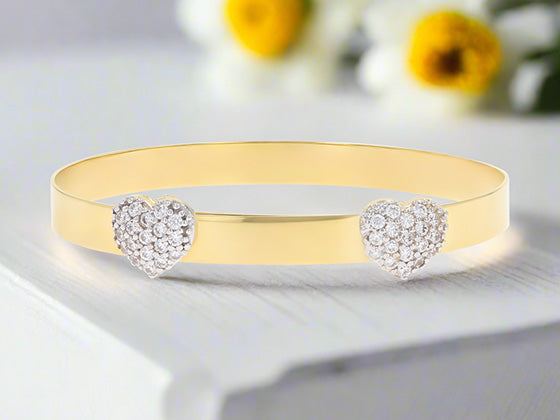
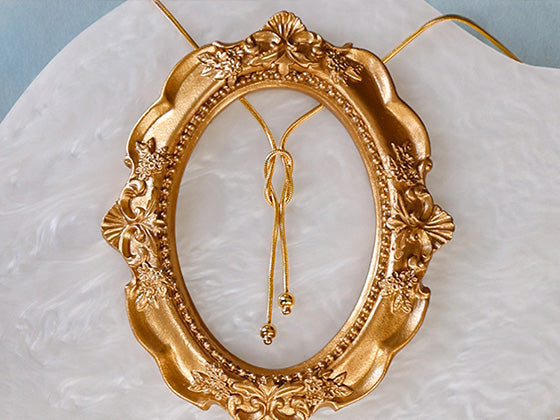
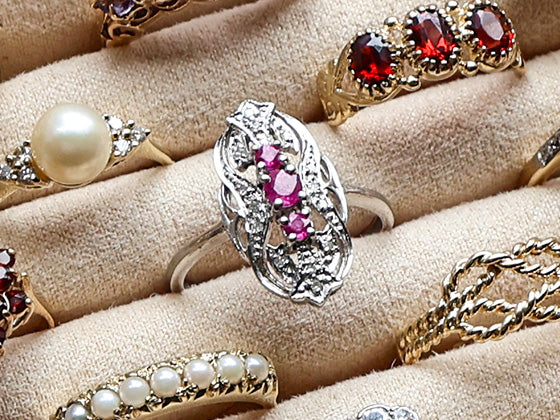
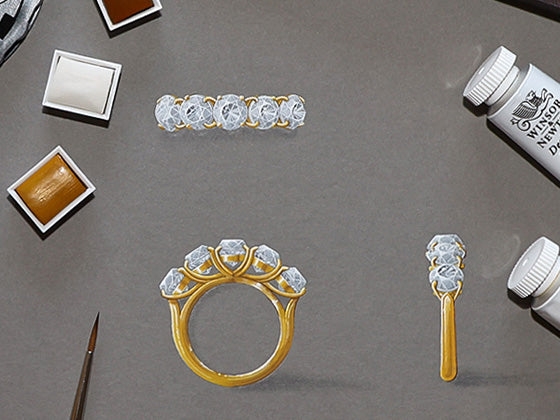
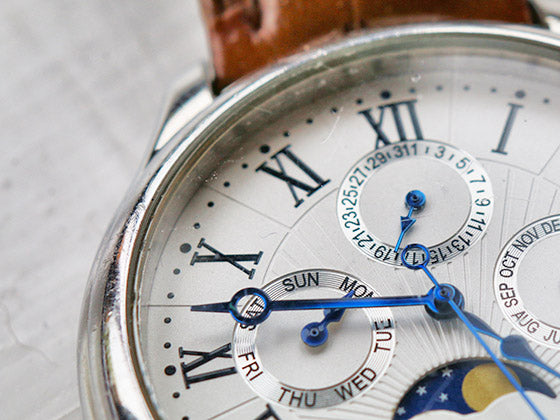
 Contact Us
Contact Us



